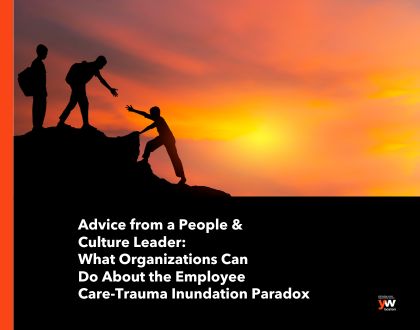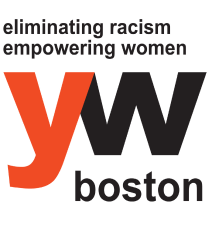
March 21, 2024
By: Samantha Isabel Calero
Advice from a People & Culture Leader: What Organizations Can Do About the Employee Care-Trauma Inundation Paradox
My Monday workday started with YW Boston’s Director of Marketing and Communications messaging our leadership team via chat with a quip about our media cycle and national politics. Sometimes we laugh so as not to cry. But I knew in my body what she was writing about before even reading the sober follow-up message requesting input on rapid-response commentary regarding the weekend’s anti-immigrant hate speech and seditious rhetoric. It was the very same belly feeling I got seeing the New York Times breaking news update the gorgeous spring day prior.
Immediately, I thought about my family and loved ones, many who are immigrants. I thought about our staff, and the hard work they put in each day to make our city more equitable and inclusive. Many of us at YW Boston are immigrants or first-generation Americans. I worried about how they would process this latest rhetoric in the context of their lived experiences. I worried about how allies and accomplices would contend with the moral injury of it all. I shuddered because I also thought, “It’s only March. We are just getting started with this,” but then corrected myself in recognition that we’ve actually been experiencing this for years.
Then for me came the familiar cycle of sadness, anger, and tiredness. And then came a quiet recommitment to gather myself, connect with my people, make a plan, and activate. This is a collective and cumulative grief and this context invites us to consider what healing can look like when there is no real post-phase. How do we heal when we have to stay in the context that is harming us?
So, what to do? What is enough when it comes to safeguarding staff against the unending whiplash of our times? There is so much pain, so much stress and tension. It often feels true that one cannot predict when the next crisis will be sent directly to our phones via news alert, and that we know the next heartbreak is right around the corner. This persistent, even intrusive, feeling of waiting for the other shoe to drop is itself a stress response, one that is linked to secondary trauma and burnout. While we can’t stop the torrent, we can build a safe-enough port in the storm to help our people feel grounded in a culture of care.
The following are strategies used by YW Boston that organizations and leaders can implement now and going forward to support resiliency; especially when we ourselves are grieving too. These ideas are organized according to Bronfenbrenner’s socio-ecological model, from which the 4 I’s of oppression and liberation framework is derived: ideological (structural/systemic); institutional (organizational); interpersonal (relational); and internalized (individual).
Ideological/Structural/Systemic: Interrogate how the content (destabilizing, stress-inducing rhetoric or images), the information flow (the commodification of trauma and devastation), and our consumption (our media apps are increasingly designed to be addictive) is a system purposely built to maintain dominant power structures and reproduce oppression. Locating this insidious feedback loop within ideologies and systems can help us assess its role in public discourse and its impact on people within our organizations. Being able to name something for what it is can help take some of its power away. It can provide important framing for talking with staff about external stressors beyond the organization’s control or influence and explore ways to promote self- and collective care.
Institutional/Organizational: Model empathic leadership and promote psychological safety by acknowledging stressful incidents, guiding staff to lean into their relationships at work, and linking to external resources and supports. Stand up a rapid response notification system for people managers to check on their teams and provide guidance on trauma-informed conversations and containment. Additionally, creating opportunities for professional development and engagement that are concrete and action-oriented (I.e., these are things we can do, can influence, and things we can release) is a resiliency-building intervention, one that is highly amenable to equity-centered work.
Interpersonal/Relational: Encourage and incentivize colleagues to check on one another. Managers have a powerful opportunity to be trauma-informed by providing consistency and predictability, and offering clear, consent-driven options for how staff can engage. Upskill people managers to support self-reflection with their staff on personal decision-making regarding level of engagement with external stressors beyond their control or influence. This could look like empowering staff to experiment with turning off notifications, limiting scrolling time, or building shared reflection and grounding practices.
Internalized/Individual: Give grace, take grace. This work takes everyday courage that is disciplined, empathetic, intellectually rigorous, and morally steadfast. Earlier in my career when I worked in frontline violence intervention and trauma response there was an old metaphor about self-care. Like on an airplane in severe turbulence, one must put the oxygen mask on oneself before assisting others. As leaders, putting on our own oxygen masks first is not just about routinizing self-care. The common feelings of guilt or shame of not having enough time or resources to not feel like we’re running on low, or on empty don’t help either. It’s about ritualistically engaging in self-reflection and practicing the discipline of mentally stepping through the different levels above to assess an incident.
Let’s examine and improve how organizations can be safe havens for staff by design. We can use an equity and inclusion lens to support all staff, especially those most impacted by oppression and the rhetoric that belies their base ideologies. Practicing empathy models psychological safety that is fundamental to organizational resiliency, and this starts with ourselves. The question of enough might not ever dissipate, and perhaps in self-reflection it is a useful consideration. However, implementing concrete interventions and building connectedness help us move through these times collectively, inclusively, and with great care.
Samantha Isabel Calero is YW Boston’s VP of People and Culture.
Want to learn more about how to build trauma-informed and equitable organizational systems, processes, and relationships? Get in touch with us!

